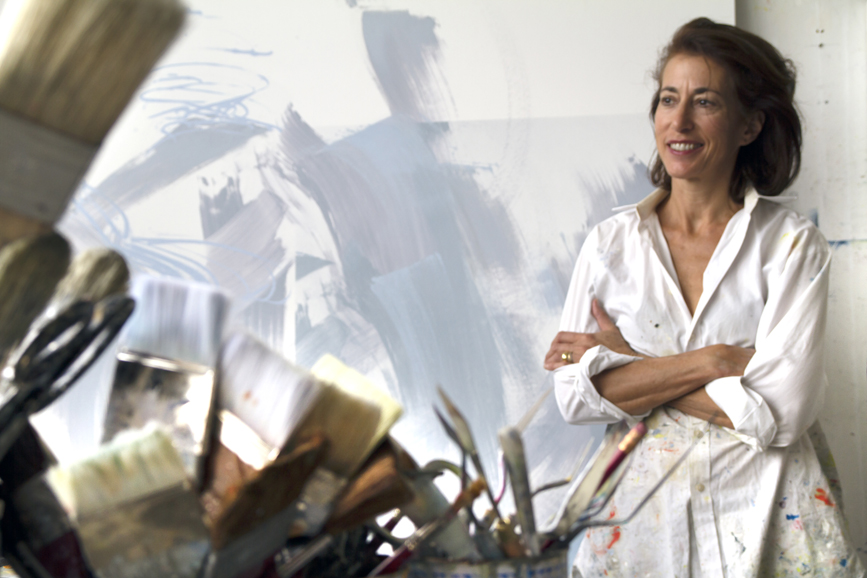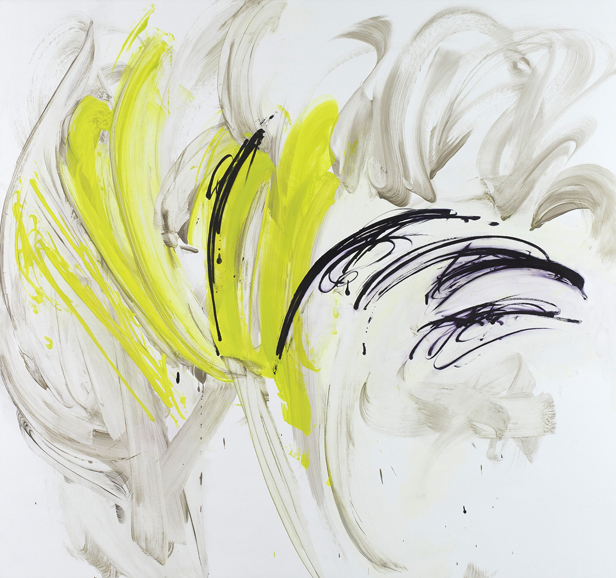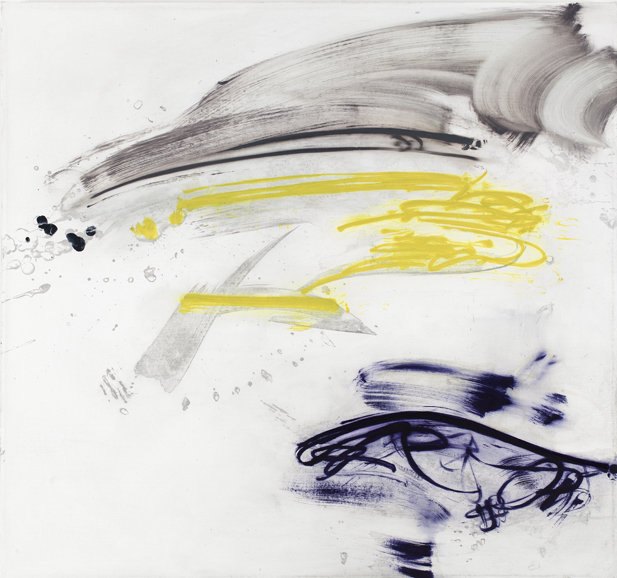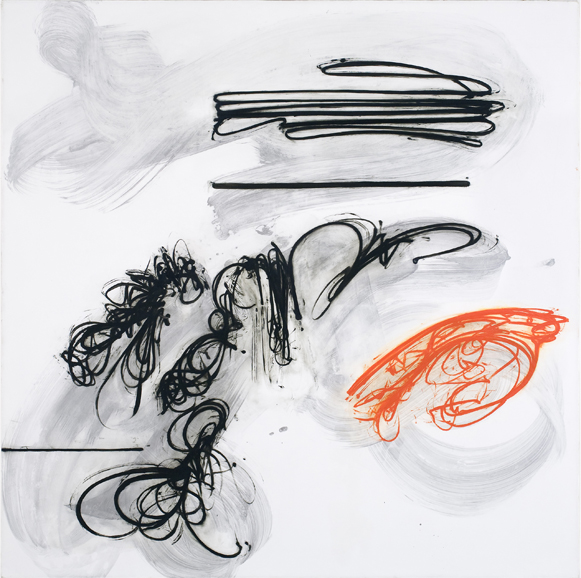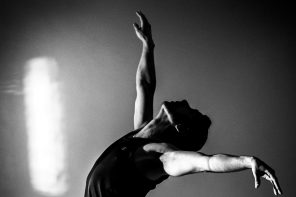Jill Moser’s art creates cohesion through contradiction.
The New York-based artist — who was recently featured at Heather Gaudio Fine Art in New Canaan — uses abstraction to capture movement in stillness.
“It’s about how the works suggest ideas,” she says.
By juxtaposing thick brushstrokes with fine curves, using explosions of color and playing with negative space, Moser has been suggesting ideas about time, space and motion in art for some 30 years. For the past 10 years or so, though, prints have been her medium of choice.
But art has always been within Moser’s framework. “Becoming an artist was bred in the bone,” she says. “I spent my childhood in my mother’s studio, the attic of our house. She is a painter and arts educator who taught art education at New York University while I was growing up.”
Moser was so comfortable with art that when a college project challenged her to express language without using words, she turned creative. Little did she know that this project would mark the direction of her career.
“I was a student of cultural anthropology and linguistics and very interested in systems of language analysis,” she says. “This led me to want to work with a visual language of my own, which was evocative while apart from narrative and direct meaning.”
For the assignment, Moser used drawings. But when the project ended, the artwork didn’t. For the next 10 years, she continued drawing.
“There’s a sort of bareness to drawing that allows you to see what you’re thinking immediately,” she says. “It’s a way of putting things down, finding things and taking you somewhere else.”
Drawing eventually progressed to painting and, after receiving a painting fellowship through the New York Foundation for the Arts, she left a full-time job and immersed herself in art for the next 15 years, with painting eventually giving way to printmaking.
“What happens in printmaking is that you take the ideas from all of your other work and you have to deconstruct them. You have to break them down in order to rebuild them. And, in doing that, you can really see the way things are made, like the weight of the body that makes the mark,” she says.
As a studio-based artist, Moser produces much of her work independently, so printmaking also gives her the opportunity to collaborate with other artists and professionals, like architects or writers.
“It’s another way that my work is informed,” she says.
In April, Moser’s prints took up residence at The Glass House in New Canaan, a 49-acre National Trust for Historic Preservation complex and exhibit space. In collaboration with the Center for Contemporary Printmaking in Norwalk and Heather Gaudio Fine Art, Moser created “The Hours,” representing the four seasons as experienced from within The Glass House’s transparent walls.
“’The Hours’ (the prints) fictionalize the light and color of different times of the year as experienced from within The Glass House,” she says. “In Greek mythology, the ‘hours’ were the goddesses of the seasons.”
The result is a group of five abstract prints, which incorporate highly saturated backgrounds to suggest the changes in light and color associated with the changing seasons.
“It was a very wonderful collaborative experience,” she says.
Moser’s upcoming show is being held in April at the Lennon Weinberg in New York.
For more, visit jillmoser.net, heathergaudiofineart.com or lennonweinberg.com.

